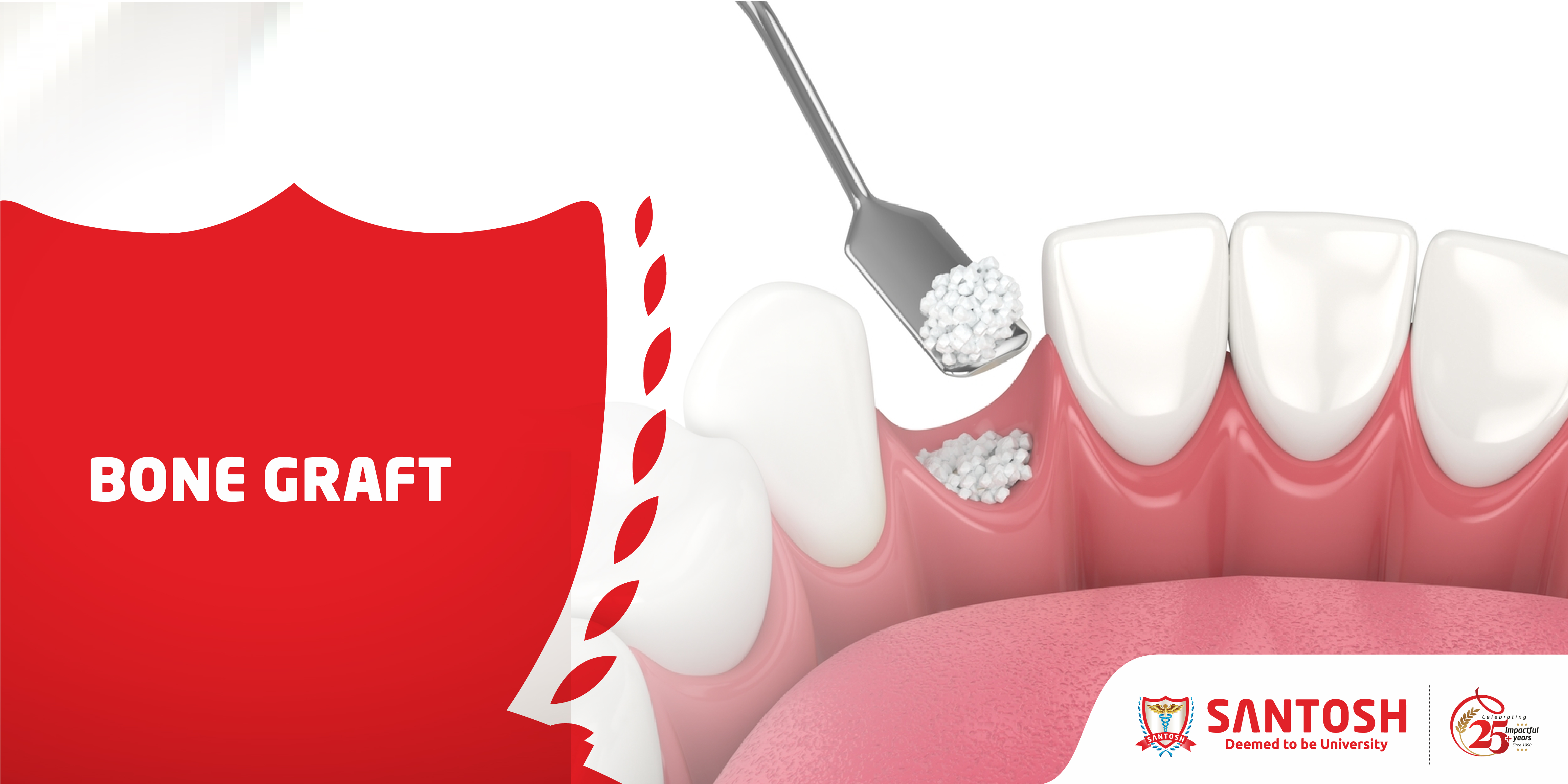
A graft is a viable tissue that, after removal from a donor site, is implanted within a host tissue which is then restored, repaired or regenerated. In the case of bone grafts the donor bone is incorporated in the healing process and remains afterwards as a functioning part of the periodontium. When the transplant is bone it doesn't survive indefinitely but is progressively resorbed and replaced by newly formed bone. The transplant serves as a scaffold in the healing process.
Objectives of periodontal bone grafting
The Objectives of periodontal bone grafting are Probing depth reduction, Clinical attachment gain, Bone fill of the osseous defect, Regeneration of new bone, cementum, and periodontal ligament
Considerations that govern the selection of graft material
Biologic acceptability, Predictability, Clinical feasibility, Minimal operative hazards, Minimal post-operative sequelae, Patient acceptance
The different types of dental bone grafts
Different types of bone graft are Autogenous grafts (autografts), Allogenic grafts (allografts), Xenogenic grafts (xenografts), Alloplastic grafts (alloplasts).
Autogenous bone graft: Autologous graft, or autograft, involves the transport of bone from a donor site to another location in the same patient.
Allograft bone graft: Allogenic bone, or allograft, is dead bone harvested from a cadaver, then processed using a freeze-dry method to extract the water via a vacuum.
Xenograft bone graft: The term xenograft refers to a tissue or organ that is derived from a species that is different from the recipient of the specimen.
Synthetic bone graft: Alloplastic bone graft materials are synthetic, inorganic, biocompatible, and bioactive bone substitutes that are believed to promote the healing of bone defects through Osteoconduction.



It is also important for patients to maintain good oral hygiene habits and attend regular dental check-ups to ensure that their periodontium remains healthy and functional over time. Overall, bone transplantation can be an effective treatment option for restoring lost or damaged bone tissue in the periodontium, but it requires careful planning and management to achieve optimal results. This is important in cases where there has been significant bone loss due to periodontal disease or injury.
Choose Santosh Dental College & Hospital for offering top-notch clinical facilities and well-rounded patient treatment for the best possible care. Our dentists are confident in their ability to provide exceptional care to their patients throughout their careers.
With advanced technology and state-of-the-art equipment, students pursuing MDS from Santosh Dental College develop the expert clinical skills necessary to diagnose and treat a wide range of dental conditions. They are well-prepared to enter the healthcare workforce as competent and confident dental professionals. With a strong foundation in both theory and practice, they are able to make a positive impact on the oral health of their patients while also advancing their own careers in dentistry.
Santosh University is one of the renowned deemed-to-be university in Ghaziabad, Delhi NCR. Santosh Deemed to be University is an excellent choice for those who want to pursue higher education in a reputed institution with a holistic approach towards learning and development.


Bone defect Pre operative


Bone graft placed


Sutures placed Post operative

Post operative